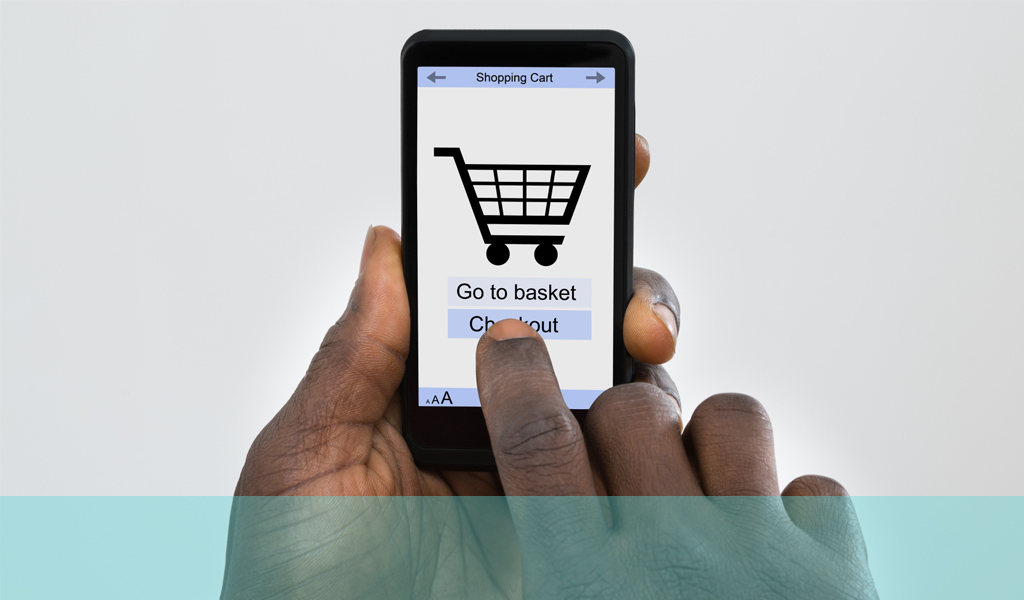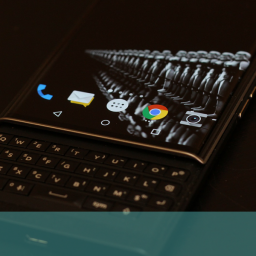
Back in February, Marks & Spencer relaunched its eCommerce website; an event one would’ve expected to be met with fanfares and glowing praise, considering the strength of the brand. Instead, it was greeted with howls of derision (see comments) from the people that mattered most – the consumers.
A Modern Website User Experience
It quickly became evident that in the pursuit of a more modern website user experience, M&S had neglected its core demographic: women in the 55-65 age bracket, who mightn’t be as open to a complete sea change from the previous, Amazon-fuelled eCommerce site, as those in a younger age group.
From the get go, it was a slow motion car collision, with existing users being told to change or update their browsers, as well as update their passwords. And those were the lucky ones (or unlucky, dependent upon your view), with the website appearing to have crashed for many others, not long after launch.
Primary among user concerns, however, were the UI and navigation.
M&S had added an editorial aspect to its website, which immediately gave it the feel of a magazine, as opposed to somewhere you could buy a new pair of strides. This second rate Vogue approach might be the zeitgeist in current web design (where ‘telling stories’ has become the new buzz-phrase), but when it alienates the customer base, and confuses the brand, there’s no tangible benefit.
Tablet-friendly scrolling on a PC?
The new site presented these editorial features, not in a standard vertical scroll, but a left to right one. This might’ve suited the swipe-friendly, website user experience expected of a tablet, but on a PC it was clumsy, requiring a mouse-controlled horizontal scroll bar at the foot of the content, which noticeably jarred with the desktop user experience.
Meanwhile, the navigation incorporated groupings, categories, and mega-dropdowns to provide an ultra-modern experience. This radical overhaul also proved a bugbear, with users reporting they couldn’t find anything they were looking for.
A Poor Website User Experience
Other issues such as bugs, items marked as in stock, while proving not to be, plus problems with placing orders, all added up to a poor website user experience for a customer base that had expectations and were upset by a product that had little relation, aside from its M&S logo, to what they were accustomed to.
In reality, Marks & Spencer, keen to place itself at the cutting edge of eCommerce, had done so at the expense of both its established users’ expectations, and the not quite dead yet PC.
If you would like to know more about your audience before redesigning your eCommerce platform, please get in contact.


















[…] have written about M&S’s new website design previously and I don’t want to become an M&S basher because I think it is […]